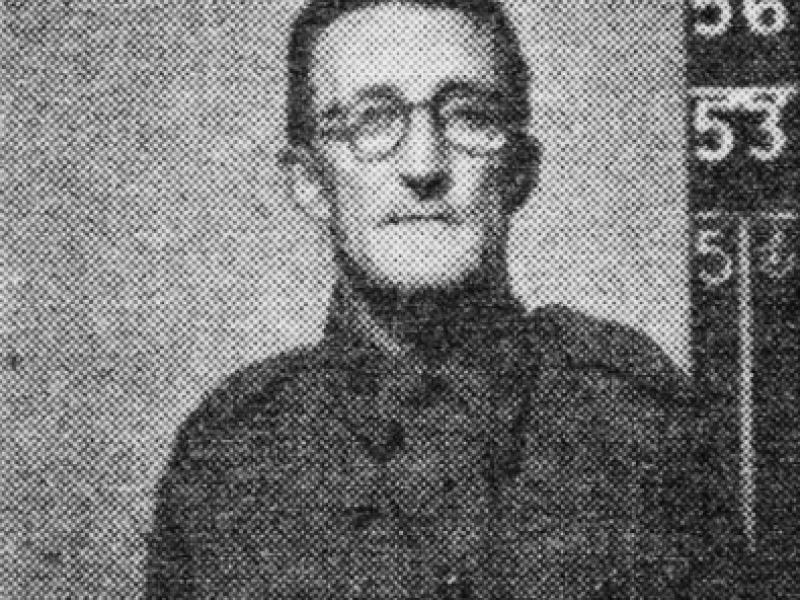Sergeant Walter John Hancock, 2/29th Battalion, 2nd AIF
Walter Hancock was born on 6 September 1902 in Ballarat East, Victoria, to Albert and Clara Hancock.
Hancock was a member of the senior cadets for four years, and in the mid-1920s, served as lieutenant with the 8th Battalion, known as the City of Ballarat Regiment.
After resigning from his commission in the Militia in 1925, he worked in printing as a compositor and a printer’s overseer.
He married Lillian and the couple had Albert John Hancock. But the relationship didn’t fare well. By 1937, they had separated with Walter moving to Brisbane.
In 1939, Hancock was called up for active service, and in 1940, was acting as the Assistant Area Officer for the 51st Battalion in Cairns.
In late June 1941, Hancock enlisted, was promoted to lance corporal and acting corporal, and attended NCO school.
On 20 January 1942, Hancock embarked with reinforcements for the 2/26th Battalion, and was promoted to acting sergeant on 1 February during the defence of Singapore.
Two weeks later, Singapore surrendered and the 2/29th Battalion were prisoners of war in Changi.
Hancock was one of the first Australians sent to Borneo as part of “B Force”; 1,500 men who sailed from Singapore on 8 July 1942 in one of the “hell ships”, the Ubi Maru. Prisoners were crammed into the hot, tiny holds, forced to sit and sleep on crudely constructed wooden bunks. With many prisoners suffering from dysentery, conditions became foul.
After arriving in Sandakan, the prisoners were made to build an airstrip. At first, conditions were reasonable. But from September 1942, control began to tighten.
From mid-1943 conditions worsened. A small cage within the camp punished prisoners for trivial offences. Some men were confined, without being able to stand up, for as long as a month.
An underground resistance was betrayed in July 1943 with swift and brutal reprisals. 22 Australians, five Europeans, and around 50 locals were interrogated and tortured.
The remaining prisoners in 1944 were subject to brutal beatings, torture, and diminishing food supplies.
In January 1945, the Japanese began to fear an Allied invasion of Borneo. They moved prisoners away from the coast to Ranau, a small village 255km inland.
The first group left in batches of 50, weak with beriberi and malnutrition, and most lacking boots. A second forced march was ordered in May when the Allies landed at Tarakan Island. Sandakan camp was destroyed and the weakest prisoners left behind to slowly die or be shot.
Hancock was recorded as dying from malaria at Sandakan No. 2 Camp, and being buried in Sandakan No. 3 Cemetery. However, the exact date of death of the 42-year-old prisoner remains unknown. Following orders from Japanese Command that no prisoners were to be left alive, many were shot or murdered and their deaths recorded as being due to illness.
Hancock’s remains were found in a slit trench after the war, and today he is remembered on the Labuan Memorial in Malaysia.
Duncan Beard, Editor, Military History Section
- Australian War Memorial https://www.awm.gov.au/collection/C2278459

 Australian War Memorial
Australian War Memorial